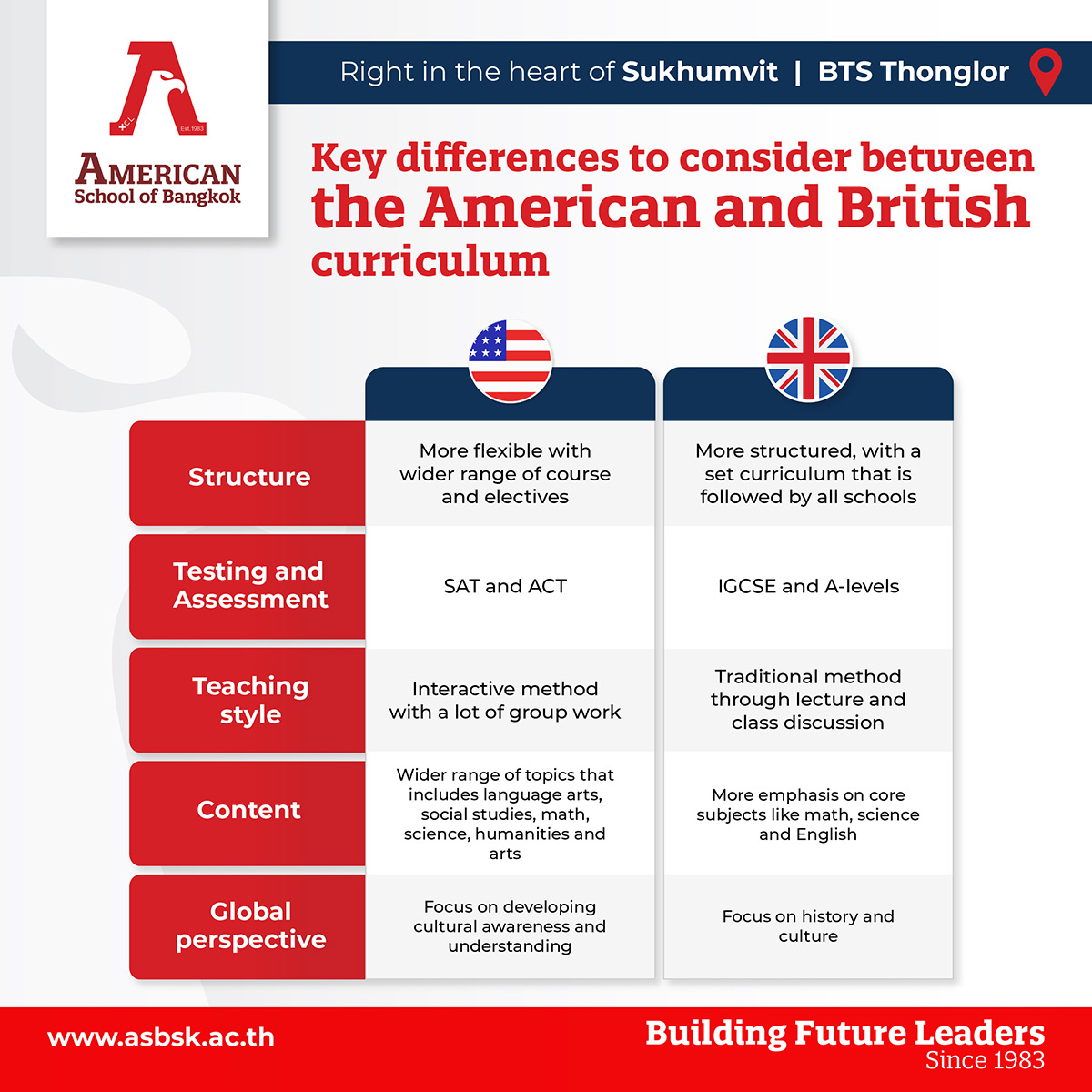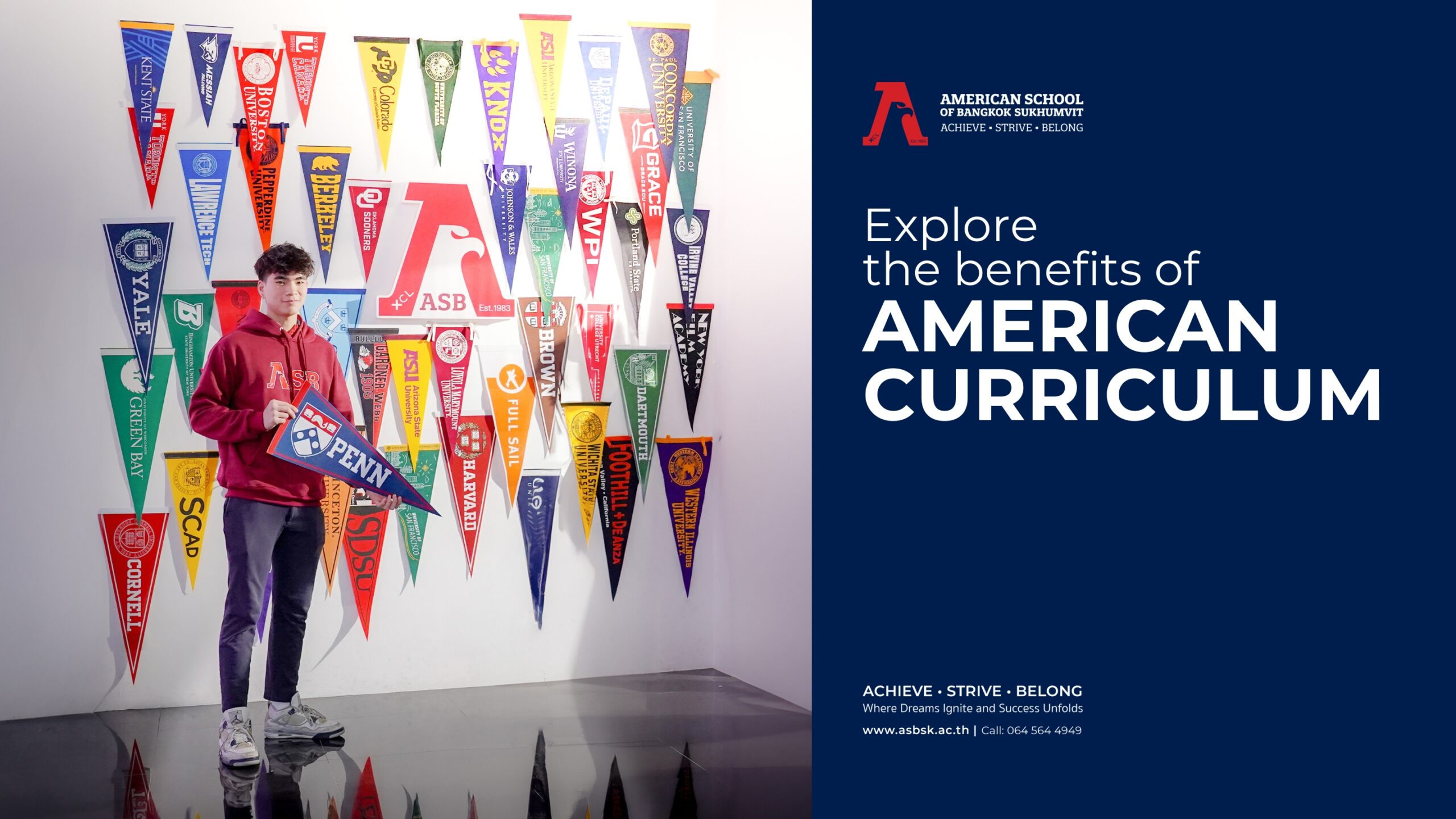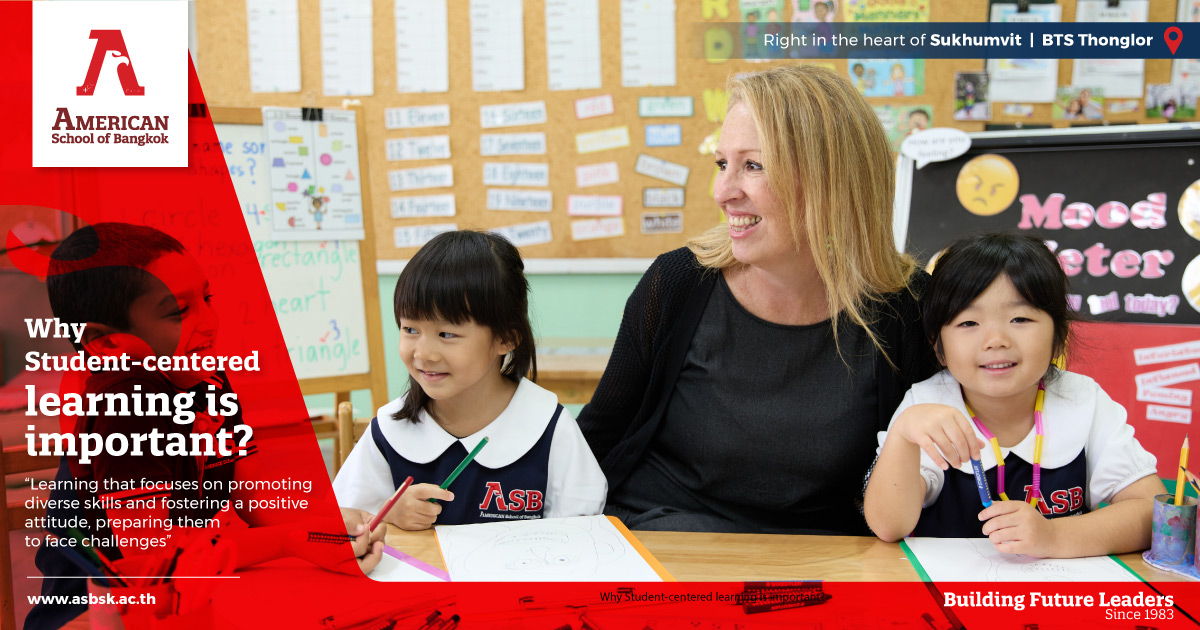
Choosing the right curriculum for your child can be a complex decision, and it largely depends on your individual goals and preferences as a family.
When it comes to choosing the right curriculum for your child, there are several factors to consider. Firstly, you need to assess your child’s learning style and interests to find a curriculum that aligns with their strengths and engages them effectively. Additionally, understanding your family’s educational goals, such as emphasizing creativity, critical thinking, or a specific subject area, will help narrow down the options. It’s also essential to consider the resources and support available within your community or homeschooling network, as this can influence the curriculum choices. Furthermore, researching different educational philosophies can provide insight into the methodologies and approaches that resonate with your family’s values. Ultimately, taking the time to thoroughly evaluate these factors will help you make an informed decision and find a curriculum that best suits your child’s needs and your family’s educational objectives.
The American Education System
Advanced Placement (AP)
The American curriculum encompasses various educational frameworks, one of which is Advanced Placement (AP). AP courses are college-level courses offered in high schools that allow students to earn college credits or advanced placement in college. These courses cover a wide range of subjects, including mathematics, science, social sciences, languages, and arts. The AP program is administered by the College Board, an organization that also oversees the SAT (Scholastic Assessment Test).
SAT
The SAT is a standardized test widely used for college admissions in the United States. It assesses students’ skills in critical reading, writing, and mathematics. The test is typically taken by high school students during their junior or senior years, and the scores are considered by colleges and universities as part of the admissions process. The SAT measures a student’s readiness for college-level work and is an important factor in determining college acceptance and scholarship opportunities.
Summary
Both the AP program and the SAT play crucial roles in American education. AP courses offer students the opportunity to challenge themselves academically and demonstrate their mastery of college-level material. The successful completion of AP courses and exams can enhance a student’s college application and potentially lead to advanced standing or credit at universities. On the other hand, the SAT serves as a standardized measure of a student’s academic abilities and provides colleges with a common benchmark for evaluating applicants.
In summary, the American curriculum includes the Advanced Placement (AP) program, which offers college-level courses and exams, and the SAT, a standardized test used for college admissions. These educational components provide opportunities for students to showcase their knowledge, skills, and preparedness for higher education.
The British Education System
The British curriculum is widely recognized and implemented in schools across the globe. Two significant components of the British curriculum are the IGCSE (International General Certificate of Secondary Education) and A-level qualifications.
International General Certificate of Secondary Education (IGCSE)
The IGCSE is a two-year program typically undertaken by students between the ages of 14 and 16. It offers a broad range of subjects, including languages, sciences, mathematics, humanities, and creative arts. Students study multiple subjects and take examinations at the end of the program. The IGCSE serves as a foundation for further education and provides students with a solid academic base.
A-level
Following the IGCSE, students can pursue A-level qualifications, which are typically completed over two years. A-levels are subject-based qualifications that allow students to specialize in specific areas of study. Students choose a few subjects to focus on, usually three or four, and take examinations at the end of the program. A-levels provide a deeper understanding of the chosen subjects and are highly valued by universities for admission purposes.
Summary
Both the IGCSE and A-level qualifications are internationally recognized and highly regarded by universities and educational institutions worldwide. They offer a rigorous and comprehensive education, emphasizing critical thinking, independent research, and analytical skills. The British curriculum’s flexibility allows students to tailor their educational path according to their interests and career aspirations.
The IGCSE and A-level qualifications provide students with a strong academic foundation and open doors to higher education opportunities. They are designed to prepare students for university-level study and are often considered as prerequisites for admission to prestigious universities in the UK and beyond.
In summary, the British curriculum includes the IGCSE program, which offers a broad range of subjects for students aged 14 to 16, and the A-level qualifications, which allow students to specialize in specific subjects and deepen their knowledge. These qualifications are well-regarded globally and serve as pathways to higher education and future career opportunities.
Main considering factors between American and British curriculum

Here are some key differences between the American and British curriculums to help you make an informed decision:
1. Structure
The American curriculum typically follows a semester or trimester system, while the British curriculum follows an academic year. The American curriculum tends to be more flexible, with a wider range of courses and electives available, while the British curriculum is more structured, with a set curriculum that is followed by all schools.
2. Testing and Assessment
The American curriculum places more emphasis on testing and assessment, with standardized tests like the SAT and ACT being a key factor in college admissions. The British curriculum places more emphasis on coursework and exams, with students taking a series of national exams called GCSEs and A-levels.
3. Teaching Style
The American curriculum tends to focus on interactive teaching methods, with a lot of group work, projects, and presentations. The British curriculum places more emphasis on traditional teaching methods, with students learning through lectures, class discussions, and independent study.
4. Content
The American curriculum tends to cover a wider range of topics, including more courses in the social sciences, humanities, and the arts. The British curriculum places more emphasis on core subjects like math, science, and English, with less emphasis on electives and interdisciplinary courses.
5. Global Perspective
The American curriculum places more emphasis on global issues and multiculturalism, with a focus on developing students’ cultural awareness and understanding. The British curriculum places more emphasis on British history and culture, with less focus on global issues.
5 Tips for parent to choose the right international school curriculum for your child
Choosing the right international school curriculum for your child is an important decision. Here are five tips to help parents in this process:
1. Consider your child's needs and interests
Take into account your child’s learning style, strengths, and interests. Every child is unique, so it’s crucial to choose a curriculum that aligns with their individual needs and fosters their passion for learning.
2. Research different curriculum options
Explore the available international school curricula, such as the International Baccalaureate (IB), Cambridge International Examinations (CIE), or American curriculum (AP). Each curriculum has its own approach, subjects, and assessment methods. Research their philosophies, content, and long-term benefits to determine which one resonates with your child’s educational goals.
3. Consider future educational goals
Think about your child’s future aspirations and the academic pathways that the chosen curriculum can provide. Consider if the curriculum aligns with college or university entrance requirements and if it offers flexibility for potential changes in educational plans.
4. Evaluate the school's reputation and accreditation
Look for an international school that is well-established and accredited by recognized educational bodies. Check if the school has a track record of academic excellence, a supportive learning environment, and experienced faculty who are familiar with the chosen curriculum.
5. Visit and ask questions
Visit the shortlisted international schools and meet with the administrators and teachers. Take a tour of the campus, classrooms, and facilities. Ask questions about the curriculum implementation, teaching methodologies, extracurricular activities, and support services provided. This will give you a firsthand experience of the school’s atmosphere and help you make an informed decision.
By considering your child’s needs, researching the available options, thinking about future goals, evaluating school reputation, and visiting and asking questions, you can make a well-informed decision when choosing the right international school curriculum for your child. Remember that finding the right fit for your child’s education is a process that requires careful consideration and involvement from both parents and students.
The innovative American Curriculum at XCL ASB

XCL ASB international school Bangkok follows high quality, research-based standards including Common Core State Standards (CCSS) for math and literacy, Next Generation Science Standards (NGSS) for science, World-Class Instructional Design and Assessment Standards (WIDA) for English Language Learning (ELL), International Society for Technology in Education Standards (ISTEs) for technology and computer science, and National Core Arts Standards for fine arts instruction. These standards ensure students in grades 1-12 are meeting academic expectations, providing them with a strong academic foundation for their future endeavors.
XCL ASB also offers a dynamic and inclusive learning environment that caters to diverse students’ abilities and interests. Students can choose from a wide range of academic activities and experiences, including music, drama, athletics, and world language courses.
With a “bring your own device” policy for 4th-12th graders and Chromebooks available in every classroom for younger students, technology is integrated into the curriculum content and delivery, providing exclusive multi-dimensional technological learning experiences.
XCL ASB graduates attend 80 different universities and colleges in 20 countries, in America, Europe, and across Asia. Across the curriculum, the academic activities and experiences cater to the diverse range of students’ abilities and interests For example, the school’s music/drama program offers students experiences in classroom music, choir, acting, and dancing. The physical education program offers students experience in athletics and a variety of games organized through intra- and inter-school sports.
Also, the school fosters a safe, caring, and supportive learning environment that encourages students to connect with the global community and collaborate using current learning resources from a variety of media.
Overall, the American curriculum offered by XCL ASB is designed to provide students with a well-rounded education that prepares them for success in university in the United States and also in other English-speaking countries worldwide. The American curriculum at XCL ASB is structured to encourage students to develop soft skills such as innovation, creativity, critical thinking, effective communication, and collaboration, all of which are needed to become successful individuals in the future.
If you need more information, please contact:
- Email: [email protected]
- Website: www.asbsk.ac.th
- Tel: 026208600



















